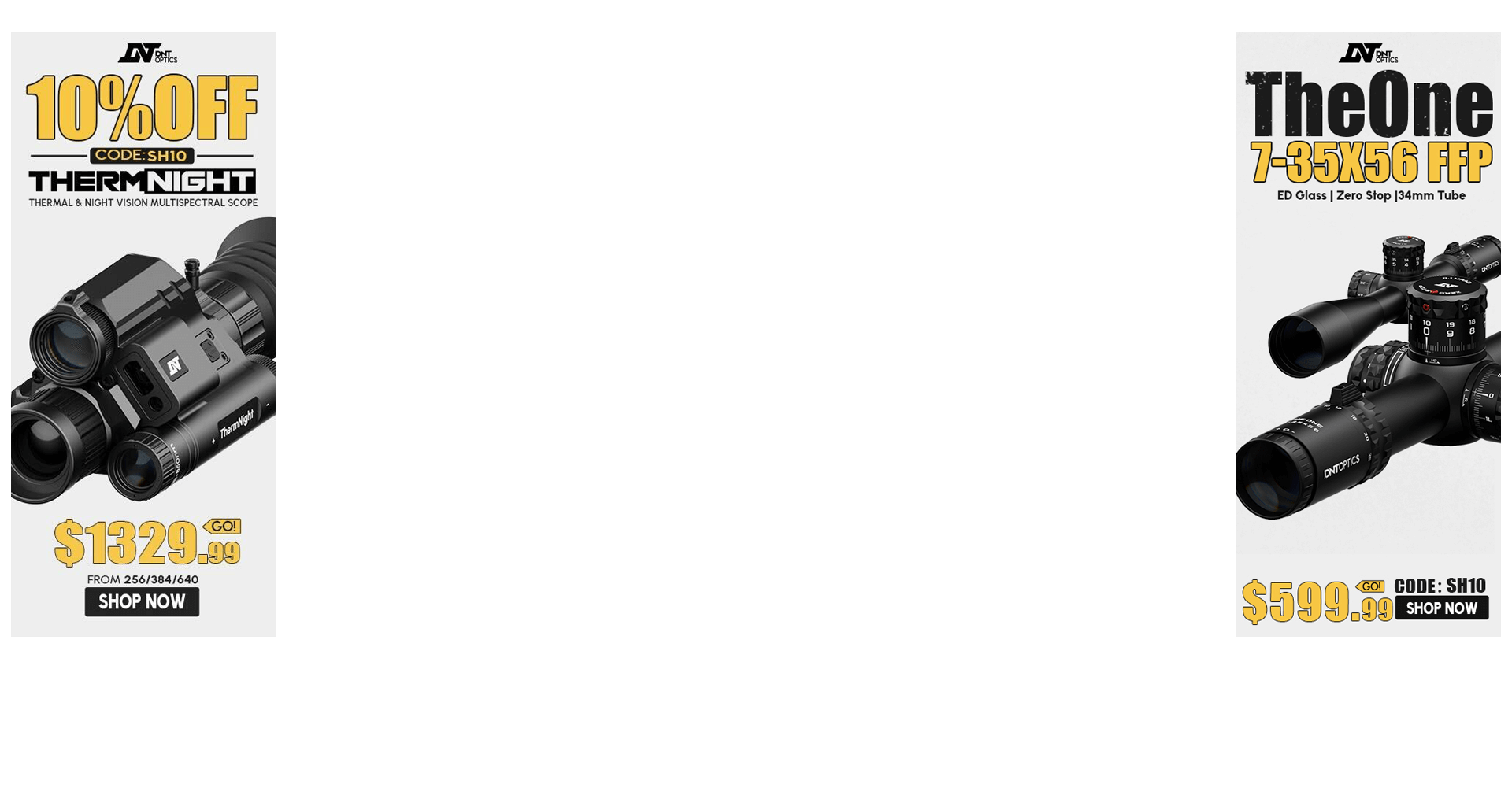Hi all
I was looking at several references on leads for movers, and thought that a rule of thumb would be nice, so I set to work with excel, and came up with this.
Rule of Thumb: The lead <span style="text-decoration: underline">at any range</span> is 0.50 mil per mph of target speed. So for a 3 mph target, a full value lead would be 1.5 mil.
This rule of thumb is quite accurate for 2900 fps, but still quite close for other MV. For example, at 2700 fps, the lead is .543 mil, which is close enough. This seems simpler than anything else I've read. It does make a simplifying assumption of constant bullet velocity, but see below for analysis of differences.
The background math is straightforward, and I have the equations/spreadsheet if anyone is morbidly interested.
Here's 2 examples using 2928 fps MV.
At 100 yds, 1 mil = .300ft, TOF is .102 seconds. A mover at 1mph is moving 1.466 fps, and moves .150 ft during TOF. So the mover moves .15 ft/.30 ft per mil = .50 mil.
At 500 yds and 3mph (4.4 fps) mover, 1 mil = 1.5 ft, TOF is .512 seconds, and the mover moves 2.25 ft. Thus, 2.25ft/1.5 ft per mil = 1.50 mil lead.
OK, so bullets slow down. How much effect does that have? I used JBM to see what the real TOF would be (.308, 2928 fps, BC= .6), and calculated the resulting mil leads for a 1 mph target speed. As you can see, it remains fairly accurate to at least 6-700 yds. Lower BCs would exaggerate this a tiny bit.
distance actual mil lead required
100 .513
200 .526
300 .541
400 .556
500 .571
600 .588
700 .606
800 .624
900 .644
1000 .665
Comments?
I was looking at several references on leads for movers, and thought that a rule of thumb would be nice, so I set to work with excel, and came up with this.
Rule of Thumb: The lead <span style="text-decoration: underline">at any range</span> is 0.50 mil per mph of target speed. So for a 3 mph target, a full value lead would be 1.5 mil.
This rule of thumb is quite accurate for 2900 fps, but still quite close for other MV. For example, at 2700 fps, the lead is .543 mil, which is close enough. This seems simpler than anything else I've read. It does make a simplifying assumption of constant bullet velocity, but see below for analysis of differences.
The background math is straightforward, and I have the equations/spreadsheet if anyone is morbidly interested.
Here's 2 examples using 2928 fps MV.
At 100 yds, 1 mil = .300ft, TOF is .102 seconds. A mover at 1mph is moving 1.466 fps, and moves .150 ft during TOF. So the mover moves .15 ft/.30 ft per mil = .50 mil.
At 500 yds and 3mph (4.4 fps) mover, 1 mil = 1.5 ft, TOF is .512 seconds, and the mover moves 2.25 ft. Thus, 2.25ft/1.5 ft per mil = 1.50 mil lead.
OK, so bullets slow down. How much effect does that have? I used JBM to see what the real TOF would be (.308, 2928 fps, BC= .6), and calculated the resulting mil leads for a 1 mph target speed. As you can see, it remains fairly accurate to at least 6-700 yds. Lower BCs would exaggerate this a tiny bit.
distance actual mil lead required
100 .513
200 .526
300 .541
400 .556
500 .571
600 .588
700 .606
800 .624
900 .644
1000 .665
Comments?



